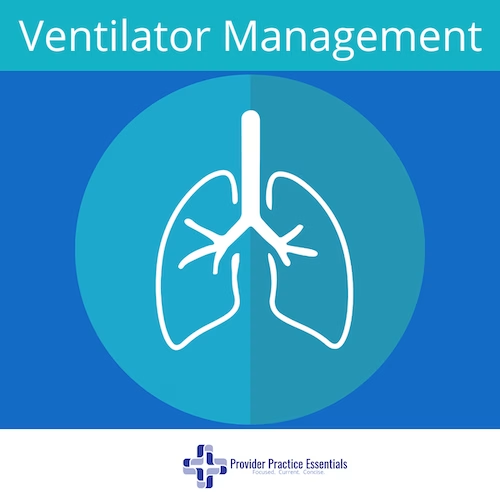When a patient is planning to undergo an operation, it is important that she/he has full understanding of what the proposed surgical intervention is along with the risk of surgery. This is especially critical if the patient has a lot of comorbidities that may put him or her at higher risks of postoperative complications.
Non-Emergent Low Back Pain Drug-Free Treatment and Evaluation
I know all of you at some point or another have had patients with low back pain and probably even had low back pain yourself. We are all aware of how common low back pain is — and the reality of it being a costly issue due to lost work days, a decrease in productivity …




